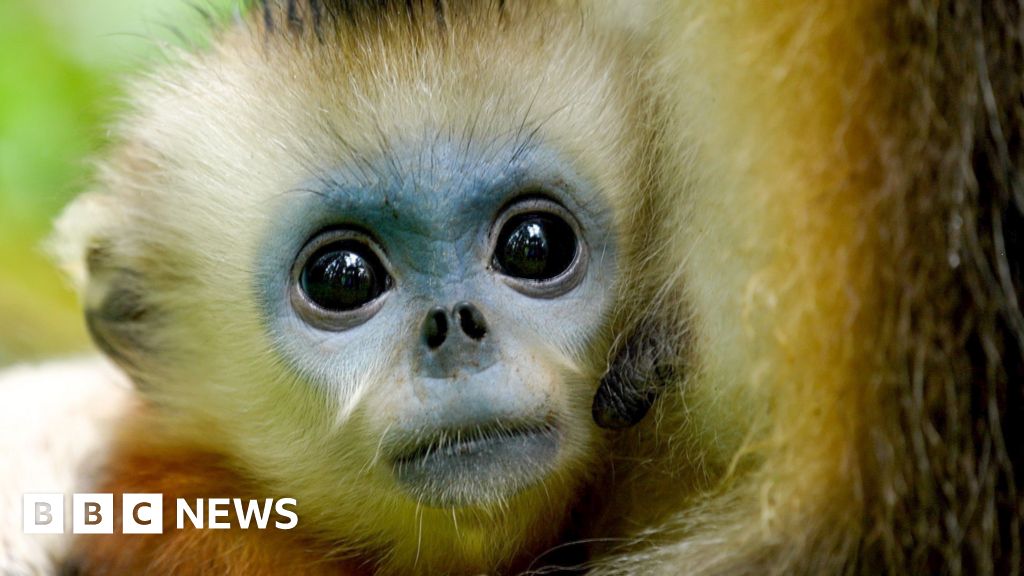India's sacred rivers, particularly the Ganges, serve as a vital habitat for around 6,327 river dolphins, including the endangered Gangetic and Indus species. Unlike their marine relatives, these dolphins possess unique adaptations, such as an almost complete lack of eyesight, relying instead on echolocation to navigate their murky aquatic environment. Conducted by researchers from the Wildlife Institute of India, a new survey covering 58 rivers across ten states indicates that these river dolphins face mounting threats that compromise their survival.
The Gangetic dolphin, declared India's national aquatic animal in 2009 to foster conservation awareness, has been the focus of recent efforts, including a dedicated research center planned for 2024. Despite these initiatives, the survey reveals alarming risks; over 500 dolphins have died since the 1980s, many due to accidental entrapment in fishing nets or deliberate poaching. Fatigue in reporting accidental deaths has exacerbated the situation, as fishermen often dispose of carcasses to avoid severe penalties under wildlife protection laws.
The introduction of river cruise tourism in India has also raised alarms among conservationists. Increased vessel traffic generates noise pollution that adversely affects the dolphins, known to be sensitive to disturbances. Experts draw parallels between the Gangetic dolphins and China's Baiji dolphins, which are now extinct, warning that intensified human activity could push India's river dolphins towards a similar fate.
Despite these challenges, conservationists like Ravindra Kumar Sinha remain cautiously optimistic about the species' future. They note that while significant strides have been made, ongoing threats necessitate further action and increased awareness to ensure these unique creatures can thrive in their riverine habitats.





















